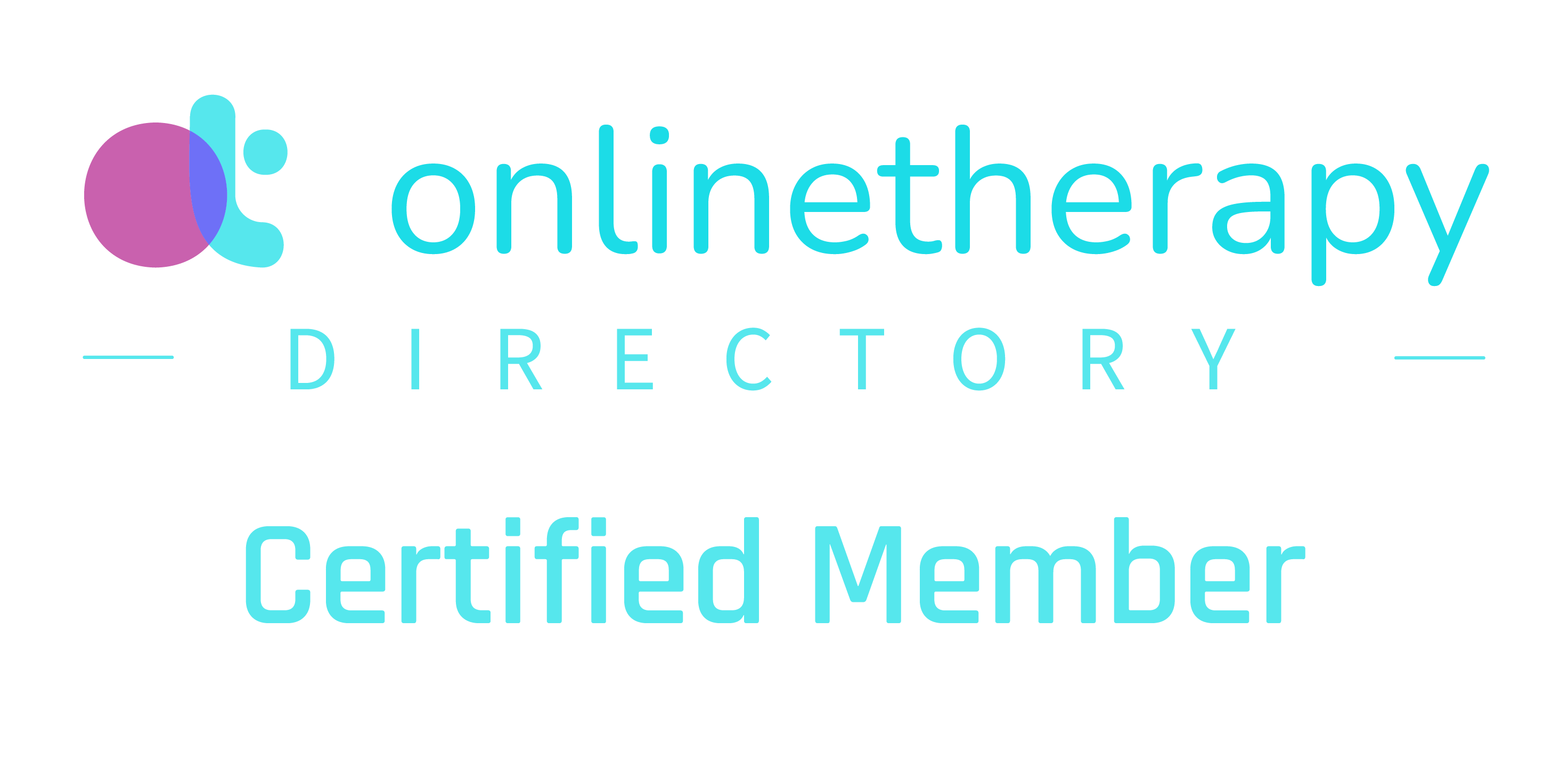If you’re living with Generalized Anxiety Disorder (GAD), you know how painful it can be. Your worries and fears often get the best of you. They may have created problems with your relationships, affected your career and social life, and kept you from doing things you’d like to do.
Often, people with GAD are discouraged and pessimistic about life. It’s hard to see the bright side when there are always so many things to be concerned about.
If this sounds like you, it’s important to know that there are effective, proven ways to treat GAD. In my experience, I have found cognitive behavioral therapy (CBT) to be a powerful tool to help individuals reduce and effectively manage their GAD symptoms. You do not have to live with GAD forever. Worry does not have to control your life any more.
Getting Started
When you begin CBT treatment for GAD, we’ll work together to create a deep understanding of how your GAD is affecting your life. We will identify those topics that you worry about the most.
Likewise, we’ll look at how those worries have impacted your overall life. We will also look at what unhelpful behaviors (people pleasing, excessive planning, procrastination) have developed as a result of excessive worry and GAD.
Once we’ve done this, the next step is to identify goals for treatment and how we’ll reach those goals.
Learning to Change Behavior (Relaxation)
An important part of CBT treatment is learning behavioral techniques to help you relax. It isn’t immediately obvious but when we consider Generalized Anxiety and worry we tend to think of it as an overthinking problem, but in fact it is equally if not more, a physiological issue.
Unfortunately worry and anxiety create genuine physiological responses in the body that make it hard to relax and hard to think clearly. The anxious brain then sends out stress hormones such as adrenaline and cortisol to help you “fend off” your perceived threats.
Unfortunately, when your anxiety is constant, your body never has a chance to reset itself and release the stress hormones. This leads to physical symptoms such as tense and achy muscles, insomnia, irritability, and difficulty concentrating. More alarm feeds more alarm creating a vicious cycle.
The good news is that you can learn how to intentionally help your body relax and break the cycle of worry and anxiety. This is an integral part of CBT therapy and sets the stage for addressing your thoughts, behavior and body.
Learning to Change Cognition (the Way You Think & How You Think)
As you can guess, CBT also includes a strong cognitive component to help you change the way you think about your worries.
In our sessions, we’ll identify specific thoughts you have. Chances are that your brain tends toward the very worst possible outcomes. These thoughts are usually unrealistic and very unlikely to happen.
For example, perhaps you get anxious about letting your child play outdoors because they could get scratched by a cat, leading to a serious bacterial infection requiring hospitalization, which could lead to antibiotic-resistant sepsis and death.
CBT, however, gives you the tools to examine and challenge these thoughts. In the example above, we would work together to dissect the reality of that fear happening. You’d then respond to that thought with a more realistic, confident thought and supportive tone of voice.
As you learn how to replace fearful thoughts with more positive ones (in a supportive voice), your brain will respond. New neural pathways will form that will begin to override the neural pathways of the former negative, worrying thoughts.
Mindfulness of Emotions
Another key part of CBT is learning to sit with your emotions and become more comfortable with them. This is often called exposure therapy and is done with Mindfulness. When you have GAD, you may be scared to even acknowledge and experience your fearful emotions, and bodily sensations. You keep yourself busy and distracted.
Therapy, however, gives you a safe place to experience these emotions. I’ll help you learn to be comfortable with them. The more you expose yourself to them and learn to counter them, the less troublesome they’ll become. You’ll come to learn that emotions are just emotions.
You can feel the anxiety but not let it stop you from doing the things you want to do. With time, these emotions fade. The goal isn’t to get rid of anxiety per se but rather to get good at how you experience anxiety, which in time will reduce the amount of anxiety you feel and the impact that anxiety has on your life.
Self-Empowerment
CBT can help you find empowerment to manage your GAD on your own, outside of therapy sessions. As you go through the therapeutic process, your behavioral and cognitive skills will grow and lead you to a more expansive, fulfilling life. Click to learn more about anxiety treatment.
If you’d like to learn more about how anxiety treatment for Generalized Anxiety and Chronic Worry works, please reach out to me at either my Honolulu or London clinic or feel free to sign up directly for a free test drive session.



